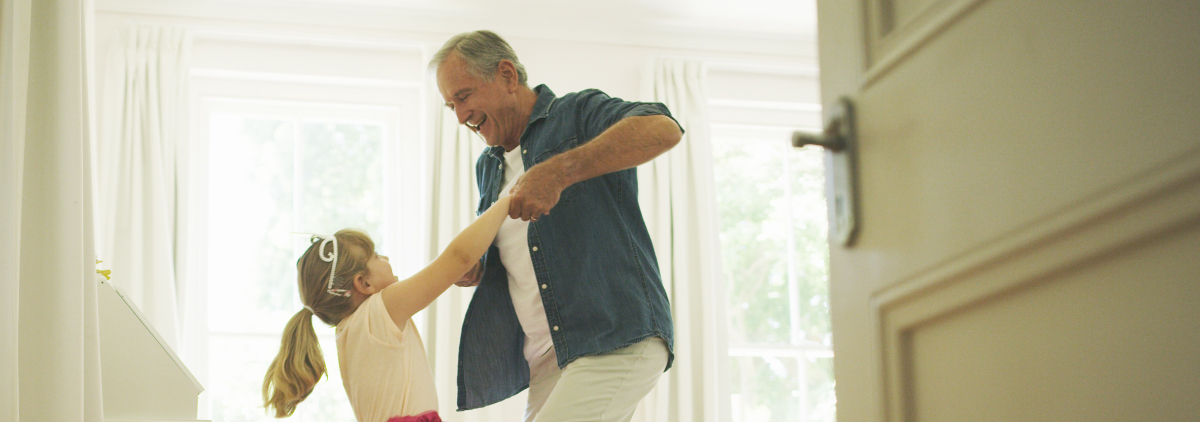Exploring the latest trends in incontinence underwear and adult briefs
● Why soft drivers are as important as population aging for the Silver Society
● Adult Incontinence products: a deeper look into the latest trends
● Light inco pads for women: a market that is up for grabs
● High-tech innovation in protective underwear: why the smart sensor makes sense
Why soft drivers are as important as population aging for the Silver Society
The adult market is one of the fastest-growing segments in the Disposable Hygiene industry, with the elderly population expected to increase in North America and Europe, where protective underwear is flying off the shelves. Estimates by Euromonitor point to $14 billion in retail sales in the adult incontinence category by 2025[1] .
According to the United Nations Department of Economic and Social Affairs, 1 in 6 people in the world will be over 65 by 2050, up from 1 in 11 in 2019. People aged 80 or over will triple in the next 30 years[2] .
But an increasing aging population is not the only factor shaping the adult incontinence market. Among the causes of incontinence, health conditions such as obesity, PTSD, prostate surgeries and childbirth are key. The adult incontinence market, however, is not driven solely by these factors: there are soft drivers at play.
A more diverse range of formats, greater consumer awareness, product normalization and better product access are all supporting growth in the category[3] . Digital divide [4] is also crucial, since consumers prefer to buy online. For this very reason, those who find it difficult to use the internet are at a disadvantage, as they are not able to shop from the privacy of their homes.
Social stigma is in fact still a concern[5] - so much so that most people resort to different tricks to cope with their condition, including carrying an emergency kit (e.g. clothes) or even extra underwear with toilet paper in it.
This is not the case for the Silver Society, a rising phenomenon in developed countries that is influencing the Adult Inco market more and more. Unlike their elderly peers, the members of the Silver Society are less susceptible to social stigma and are, therefore, the ideal target segment for any player in the field.
No longer an outlier group, seniors of this category - mostly boomers - have more opportunities and choices than ever before and enjoy greater financial freedom than other generations. The hallmarks of this flourishing market segment are individual initiative and independence in the spirit of continuous learning, recreation and a network of thriving social connections.
Adult Incontinence products: a deeper look into the latest trends
Growing market evidence shows that the adult incontinence product formats (adult briefs or pants) can coexist and grow together without one hindering the other.
Indeed, they answer to different market needs and differ in terms of distribution channels (institutional vs retail) and reason of use (light incontinence vs heavy incontinence, night vs day). Ultimately, it depends on what the customer is looking for, which in the Adult Inco market consists in performance, comfort, discretion, breathability, reliability and finally even “stylish”.
Following this line, a rising trend is the increasingly widespread use of color for adult briefs and incontinence underwear. Studies found that consumers tend to associate the white pigmentation of the traditional adult diaper with a medical condition and, therefore, with anxiety and depression. For this very reason, many brands big and small are using subtle and monochromatic colors in their products that can be found in traditional undergarments for adults.
This trend, mainly found in adult pants, goes in the direction of increasing discretion as well as toward a greater attention to thinness, since adult incontinence products are designed to go unnoticed without compromising on performance.
More recently, a phenomenon that is gaining traction is that of adult inco products following in the footsteps of the baby diaper market. The staggering success of baby diaper subscription services shows that there is plenty of room for growth for adult incontinence products. Home-delivered, premium, green-conscious diapers are becoming commonplace in the Baby Disposable Hygiene business, but still have a long way to go in Adult Inco. More than a few brands are investing in this sub-category.
DTC (Direct To Consumer) brands are taking notice, as they are not going after the mass market with average protective underwear. Rather, they are building a clear-cut brand identity focused on personal healthcare category, premium customer experience and incontinence segment.
Light inco products for women: a market that is up for grabs
A large percentage of women still use femcare products as a remedy for light incontinence, but a shift is taking place in the market. In 2018, 38% of women used menstrual products for this very purpose. The number has declined to 35% in 2019 and 33% as of November 2020[6] .
Gender is one of the primary factor in urinary incontinence, with women aged 50 and over being three times more likely than men to be affected[7] . More than anything, though, this points out that the adult incontinence market for women is prosperous and still in its early days.
This opportunity is so promising that quite a number of players in the market are making an effort to fight social stigma with new bold initiatives. Influencers, content marketing and social media campaigns[8] : these are just a few marketing strategies that Disposable Hygiene companies can use to reach their target demographic.
A few brands are also testing sustainable light inco products for women. That said, sustainability is a nice-to-have but not a must-have. Few consumers pick an adult inco product just because of their eco-friendliness. Performance and discretion remain a top priority.
High-tech innovation in protective underwear: why the smart sensor makes sense
In recent times, a new class of product is timidly entering the market: protective underwear technology enhanced by smart sensors. Generally, these solutions are printed or attached on the outside of the diaper. They measure the wetness of the diaper and share the data with a device, eventually alerting caretakers in case the user is not autonomous. This enables premium support for seniors, providing not just a solution to urinary incontinence, but wellness in a much broader sense. Smart sensors are also useful to caregivers, making their effort more cost-effective.
[1] Source:Nonwovens Industry
[2] Source:United Nations
[3] Source:Nonwovens Industry
[4] Source:Renal and Urology News
[5] Source:Consumer Reports
[6] Source:Nonwovens Industry
[7] Source:National Center for Biotechnology Information
[8] Source:Social Samosa


